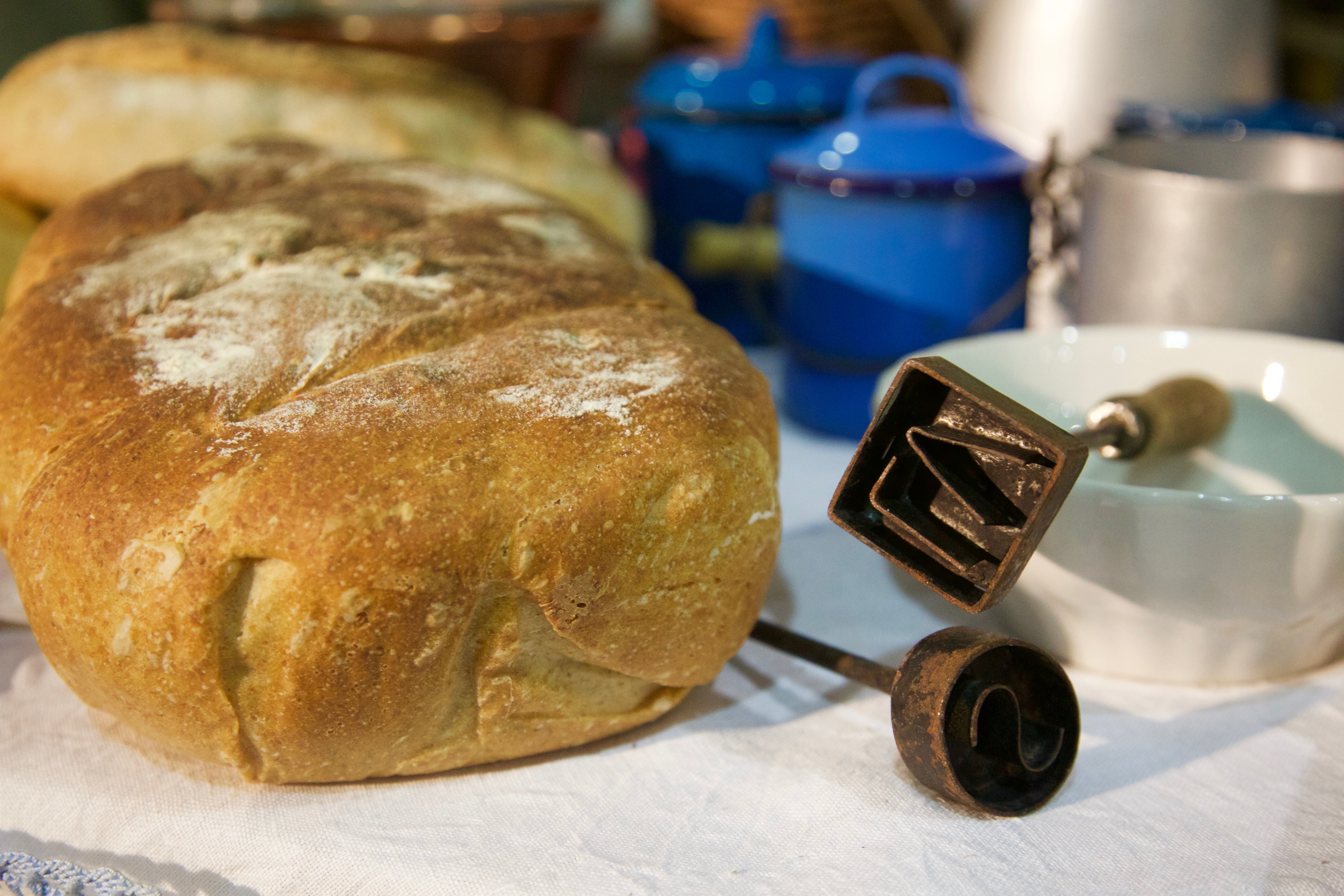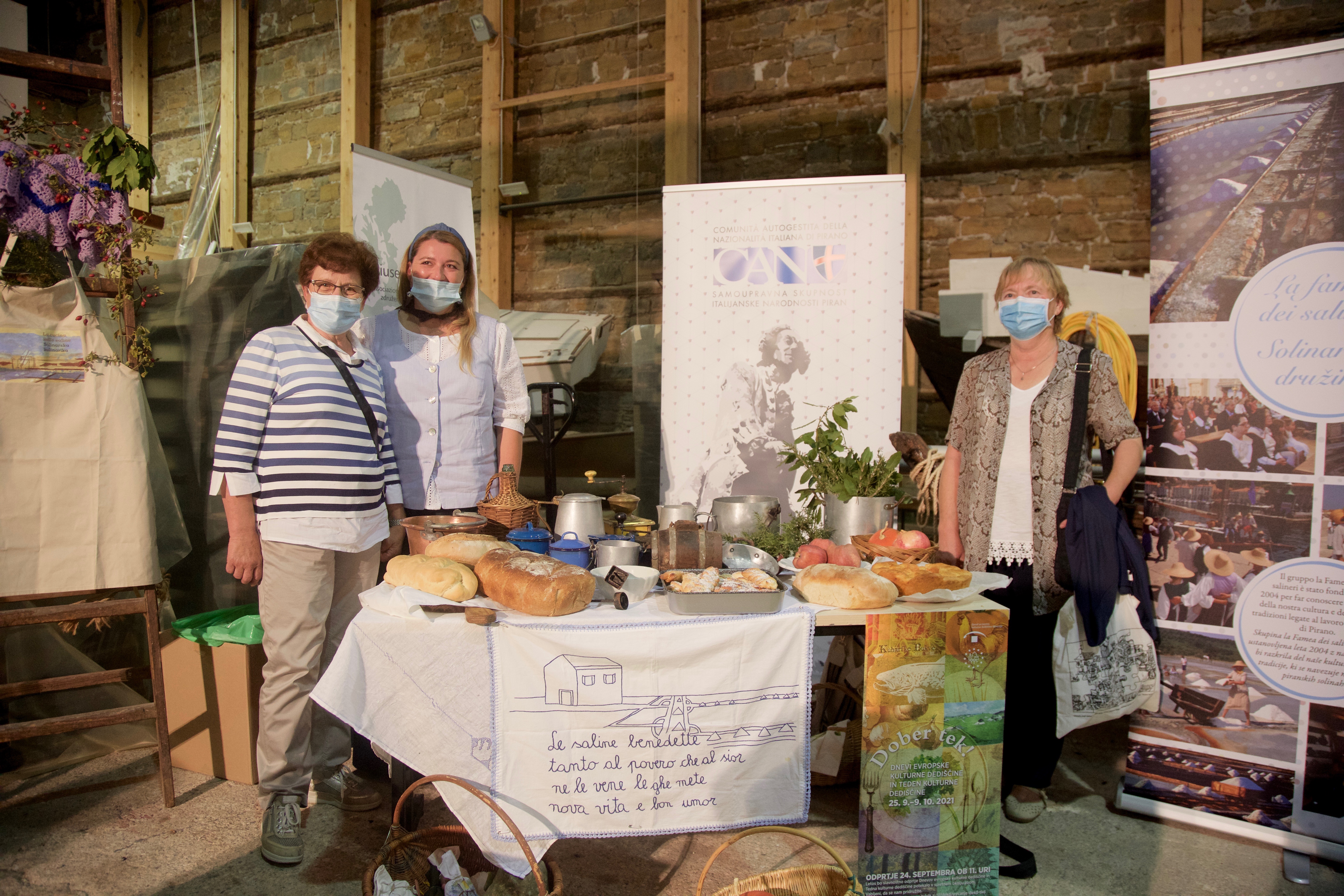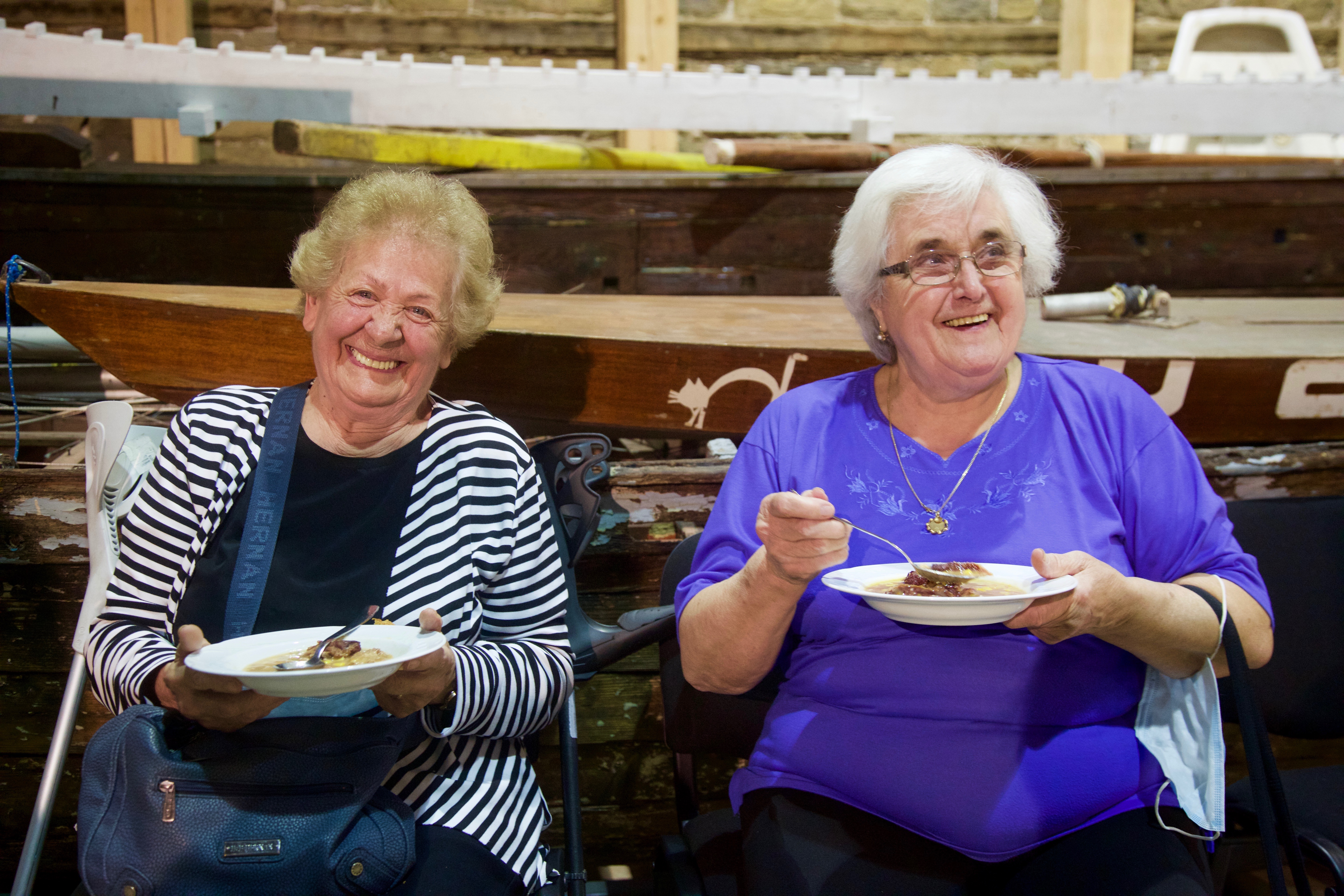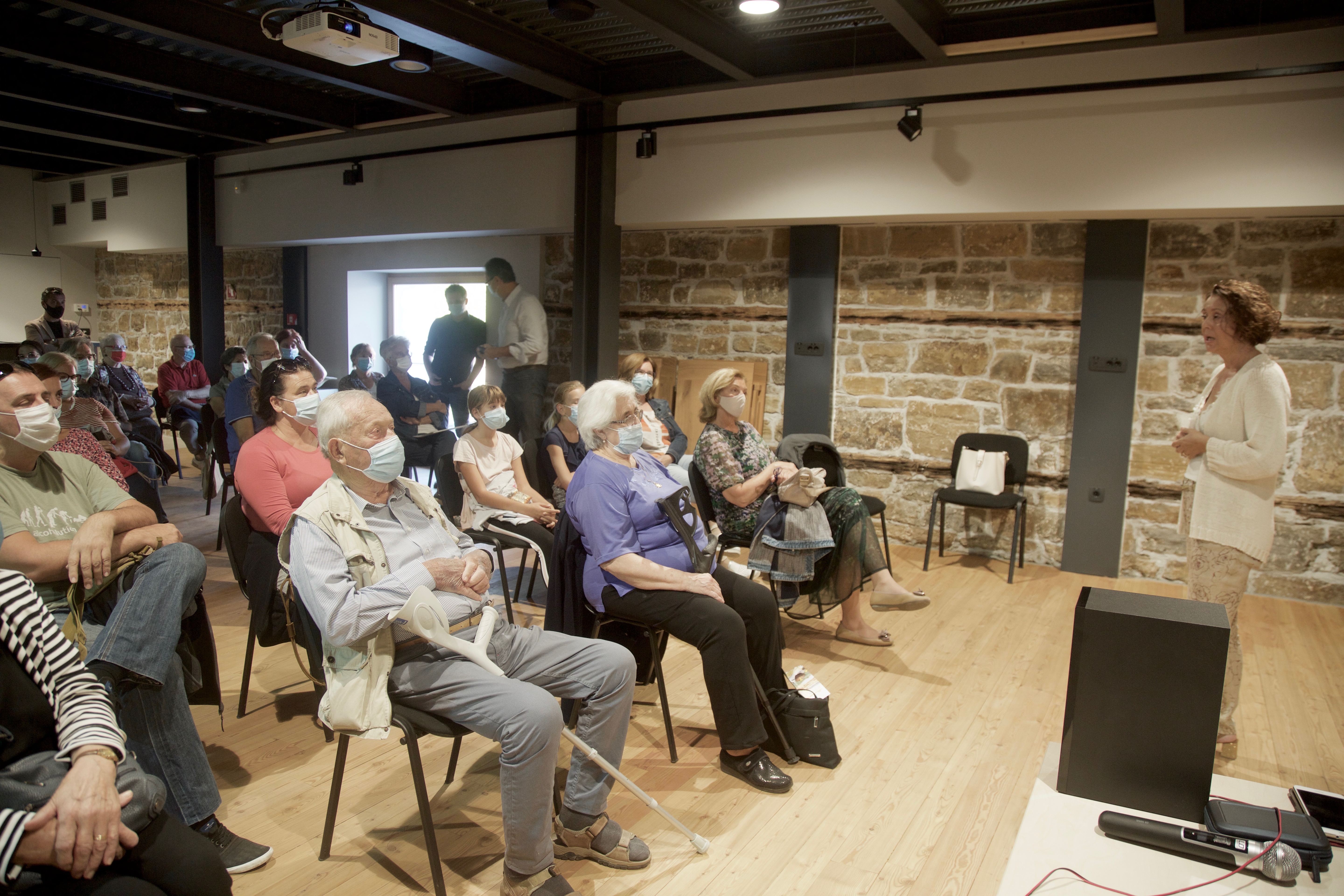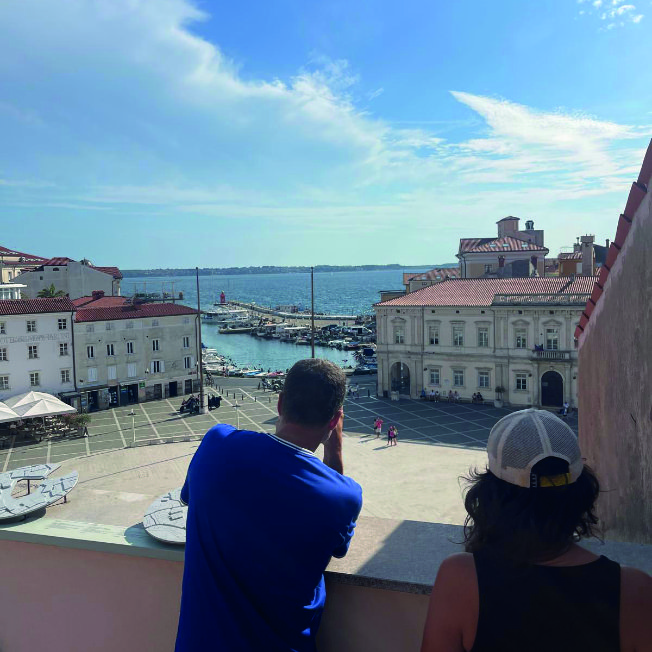Il ricco patrimonio culturale delle saline sarà presto in TV
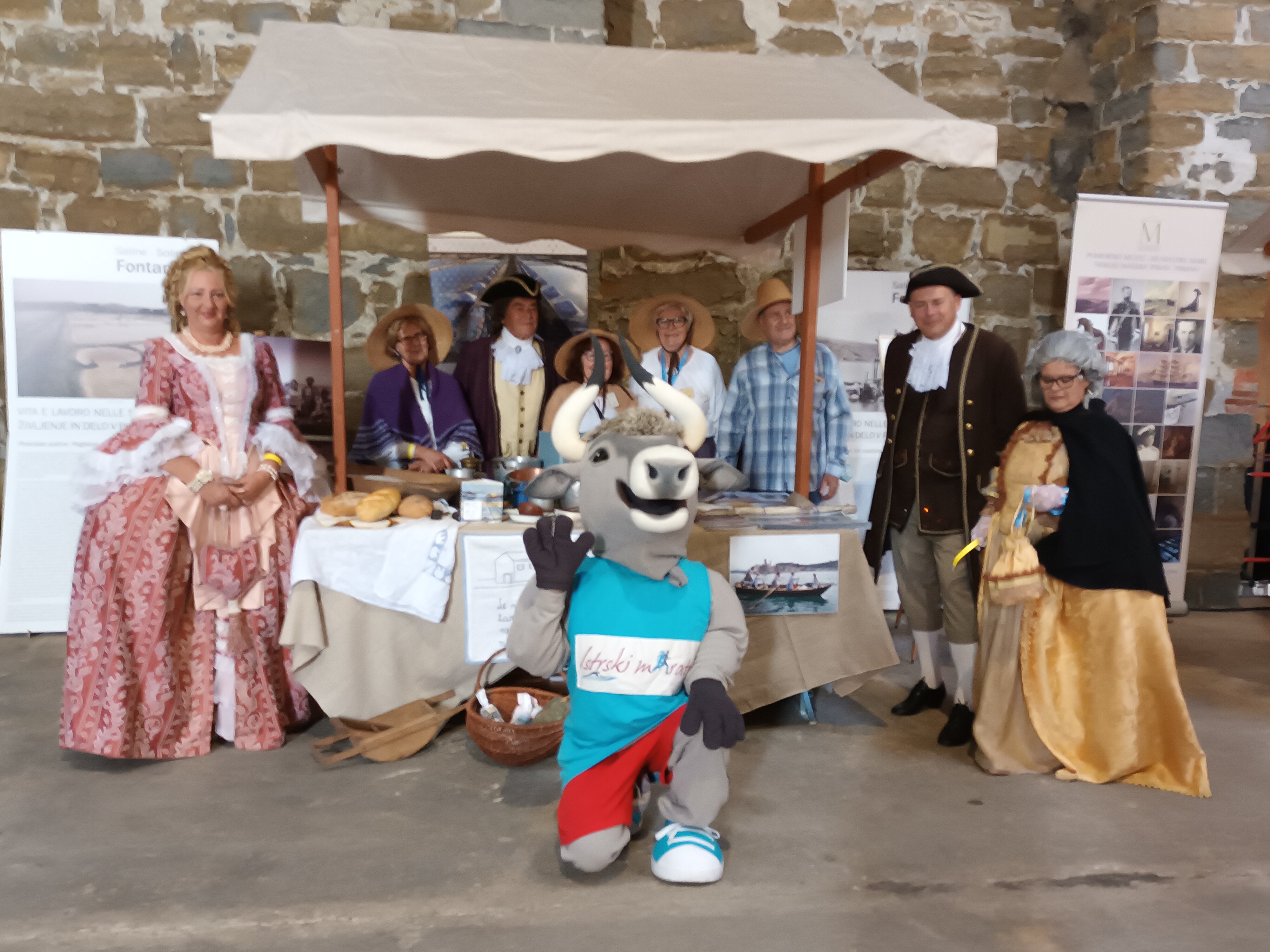
Festa del Comune di Pirano
10/17/2021
Nel Medioevo a Venezia sorse il primo lazzaretto
10/27/2021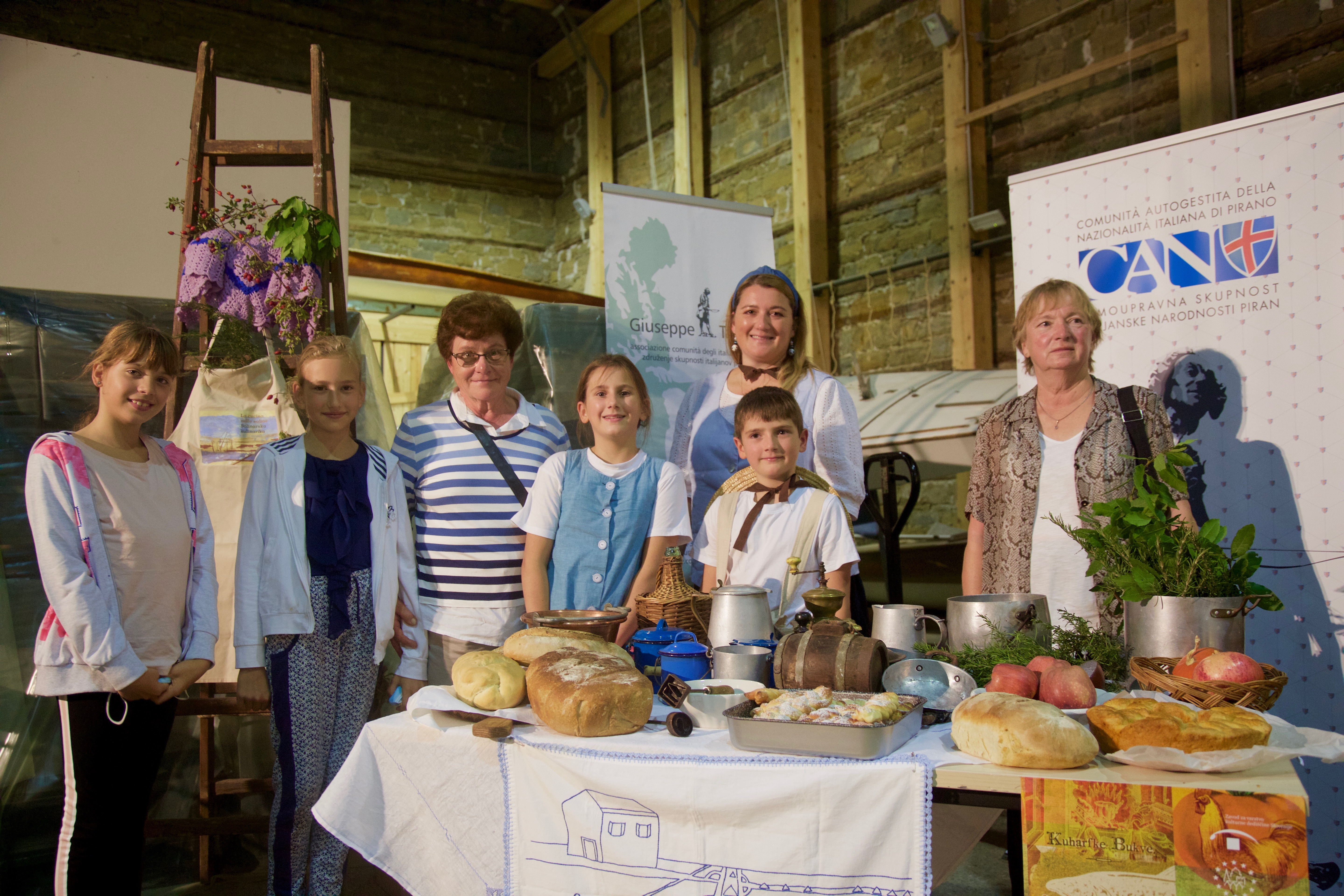
I programmi di cucina non sono nulla di nuovo, sarà per il semplice fatto che li troviamo un po’ su tutti i programmi televisivi. Le prelibatezze realizzate con le mani agili di cuoche e cuochi hanno da sempre attirato il pubblico davanti ai piccoli schermi. Mentre state leggendo questo paragrafo, la televisione nazionale slovena ha sicuramente già messo in onda una delle dieci trasmissioni culinarie particolari che non rappresentano solamente le pietanze e la loro preparazione, ma anche il patrimonio naturale e culturale del loro luogo di provenienza.
In realtà non solo il loro luogo di provenienza, poiché questi piatti sono stati preparati proprio lì, nelle saline. Almeno ogni estate, quando le brave casalinghe offrivano queste pietanze preparate con tanto amore ai loro mariti salineri, i quali tornavano a casa affamati, per il semplice fatto che iniziavano a raccogliere il sale ancora prima dell’alba. Secoli di attività legate al sale, storie familiari e tradizioni culinarie saranno presto trasmessi su un programma televisivo che è nato grazie alla collaborazione tra il Centro Regionale TV Koper-Capodistria, la Comunità Autogestita della Nazionalità Italiana di Pirano, l’Istituto per la tutela dei Beni Culturali ed il Museo del mare “Sergej Mašera” di Pirano.
E il 2 ottobre proprio quest’ultimo ha ospitato nel proprio ex magazzino del sale Monfort a Portorose la presentazione dell’anteprima delle prime tre trasmissioni, destinata ad esser vista su un grande schermo non solo da quelli che hanno collaborato a questo progetto, ma anche da tutti gli altri. Mojca Bužan, caporedattrice responsabile del Programma televisivo regionale TV Koper-Capodistria, ha parlato delle riprese, le quali sono state fatte nel mese di giugno, e nel farlo, non è riuscita a nascondere la propria eccitazione.
“Le riprese sono state difficili per tutti. Un ottimo lavoro è stato svolto sia da quelli che hanno cucinato che da quelli che si sono occupati della parte tecnica delle riprese,” ha detto Mojca Bužan.
Durante il suo discorso di apertura, la caporedattrice ha voluto sottolineare non solo l’importanza di questo territorio delicato, ma anche la sua unicità ed il suo grande valore, i quali purtroppo vengono spesso dimenticati. Proprio per questo motivo la diffusione di questo tipo di tramissioni rappresenta un’opportunità unica per avvicinare le saline a coloro che vivono qui vicino, ma che non hanno ancora mai avuto l’occasione di visitarle, e anche a coloro che vengono da fuori e che forse ne hanno sentito parlare, ma che non sono mai stati abbastanza incuriositi da venirle a vedere con i propri occhi.
Mojca Bužan ha inoltre espresso il desiderio che queste trasmissioni e quest’atmosfera particolare suscitino l’interesse degli spettatori così come ha toccato gli animi della troupe televisiva, sperando che il messaggio più profondo, nascosto dietro a questi piatti e a queste ricette, venga recapitato al pubblico.
»Non si tratta di mostrare cos’è stato cucinato nelle saline, qui si tratta di mostrare a tutto il paese sloveno questa perla del Mediterraneo, l’importanza di questo territorio e di come sia importante proteggerlo e conservarlo. Inoltre è fondamentale andarne fieri così come siamo fieri di tutti coloro che si occupano della preservazione di questa splendida tradizione,« ha commentato Mojca Bužan, aggiungendo che anche le persone sono una parte integrante di questa tradizione.
In questa trasmissione televisiva in lingua italiana e slovena, intitolata Il patrimonio delle Saline. La cucina dei nostri nonni, i cuochi e le cuoche solo delle persone semplici del posto, unite da un forte amore per la tradizione, la famiglia ed i loro antenati. E può darsi che i piatti preparati in queste circostanze non siano delle specialità di alto livello da servire in ristoranti a cinque stelle, ma il loro valore eccezionale sta nel fatto che questi piatti sono preparati con degli ingredienti semplici, seguendo una ricetta che da anni viene tramandata da generazione in generazione; dopotutto questi piatti racchiudono secoli di storia, i quali sono tutti uniti da un unico elemento essenziale: l’oro bianco, ovvero il sale.
Mentre la signora Anita prepara il pane fatto in casa, la signora Bianca Ruzzier Zudich prepara la minestra e il signor Sergio Vuk si occupa delle seppie in bianco, il presentatore Branko Vrabec dà loro una mano a spadellare. Nel frattempo, la giovane presentatrice Nina Klaut parla con diversi esperti che dedicano il proprio tempo alla protezione e alla conservazione del patrimonio culturale e naturale dell’area protetta delle saline slovene.
Le riprese hanno avuto luogo a Fontanigge, a Strugnano ed a Parezzago e verranno trasmesse la domenica alle 12.40 sul canale televisivo TV SLO1. La prima puntata verrà messa in onda il 24 ottobre, l’ultima invece il 26 dicembre 2021.
Dopo aver visto le prime tre puntate, tutti i partecipanti hanno cominciato a degustare un piatto di minestra, accompagnato da un pezzo di pane fatto in casa. Tra una cucchiaiata e l’altra, i loro pensieri erano rivolti al fatto che questa minestra è stata preparata proprio qui, in loco, nelle splendide Saline di Sicciole.
Testo: Nataša Fajon
Tradotto da Anna Maria Grego
Foto: Nataša Fajon


